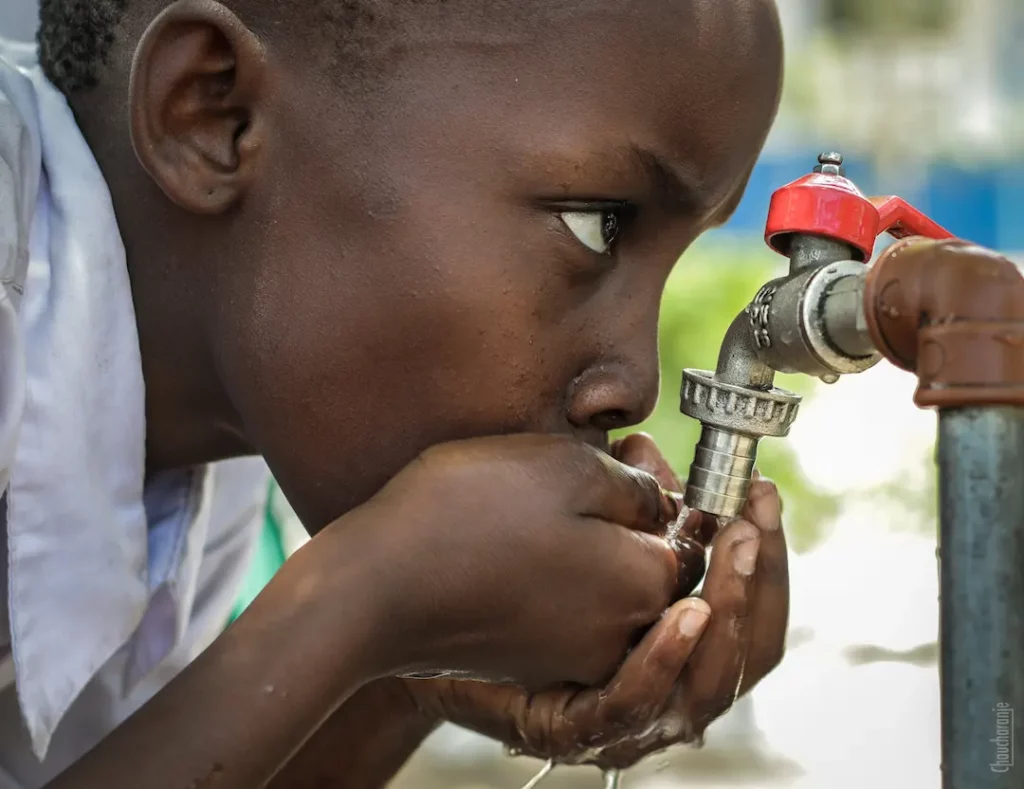
In today’s interconnected world, it’s easy to take certain privileges for granted. However, for a staggering 771 million people, access to clean water is nothing short of a distant dream – a harsh reality that affects approximately 1 in 10 individuals on our planet. The global clean water crisis is a pressing issue that demands our immediate attention, and the numbers are both alarming and eye-opening.
The Problem
Severe water scarcity is a harsh reality for almost two-thirds of the world’s population, impacting four billion people for at least one month each year. The lack of safe drinking water and sanitation further compounds this crisis, with 2 billion people (26% of the global population) lacking access to safe drinking water and 3.6 billion (46%) lacking safely managed sanitation. Shockingly, there are 2 billion people living without access to safe water at home, highlighting the urgency of addressing this basic human need.
Basic hygiene services, including something as fundamental as soap and water at home, are denied to 2.3 billion people. This includes 670 million people who have no handwashing facilities at all, a critical aspect in the current global health landscape. The disparity is evident, with 8 out of 10 people lacking basic drinking water services residing in rural areas, perpetuating the cycle of poverty and ill health.
Moreover, nearly half of the global population – 3.6 billion people – do not have access to safely managed sanitation in their homes. While 1.9 billion people have basic sanitation services, a staggering 494 million people still practice open defecation, exposing communities to diseases and environmental degradation.
Solution
The journey towards addressing the global clean water crisis requires a multi-faceted approach, encompassing policy changes, infrastructure development, and global cooperation. Between 2015 and 2020, progress was made as 107 million people gained access to safely managed drinking water at home, and 115 million people gained access to safe toilets at home. However, these numbers are just the beginning of what is needed to truly make a dent in this crisis.
Investing in Water, Sanitation, and Hygiene (WASH) interventions is a pivotal step in the right direction. The statistic that every dollar invested in WASH interventions yields a $4.3 return in economic productivity underscores the far-reaching impact that clean water initiatives can have on communities and economies alike.
Additionally, targeted efforts in rural areas, where the majority of those lacking access to clean water reside, are crucial. Building sustainable infrastructure, implementing water conservation measures, and providing education on hygiene practices are essential components of any comprehensive solution.
The global clean water crisis is a reminder of the inequality that persists in our world. The numbers speak volumes, painting a picture of hardship for millions who lack a basic necessity – clean water. As we navigate the challenges of the 21st century, addressing this crisis should be at the forefront of our global agenda.
By investing in sustainable solutions, fostering collaboration between nations, and prioritizing the needs of the most vulnerable, we can work towards a future where every individual, regardless of their geographic location, has access to clean water. The statistics demand action, and it is our collective responsibility to ensure a better, healthier, and more equitable world for generations to come.


 Raj Mehta – Financial Education Instructor
Raj Mehta – Financial Education Instructor